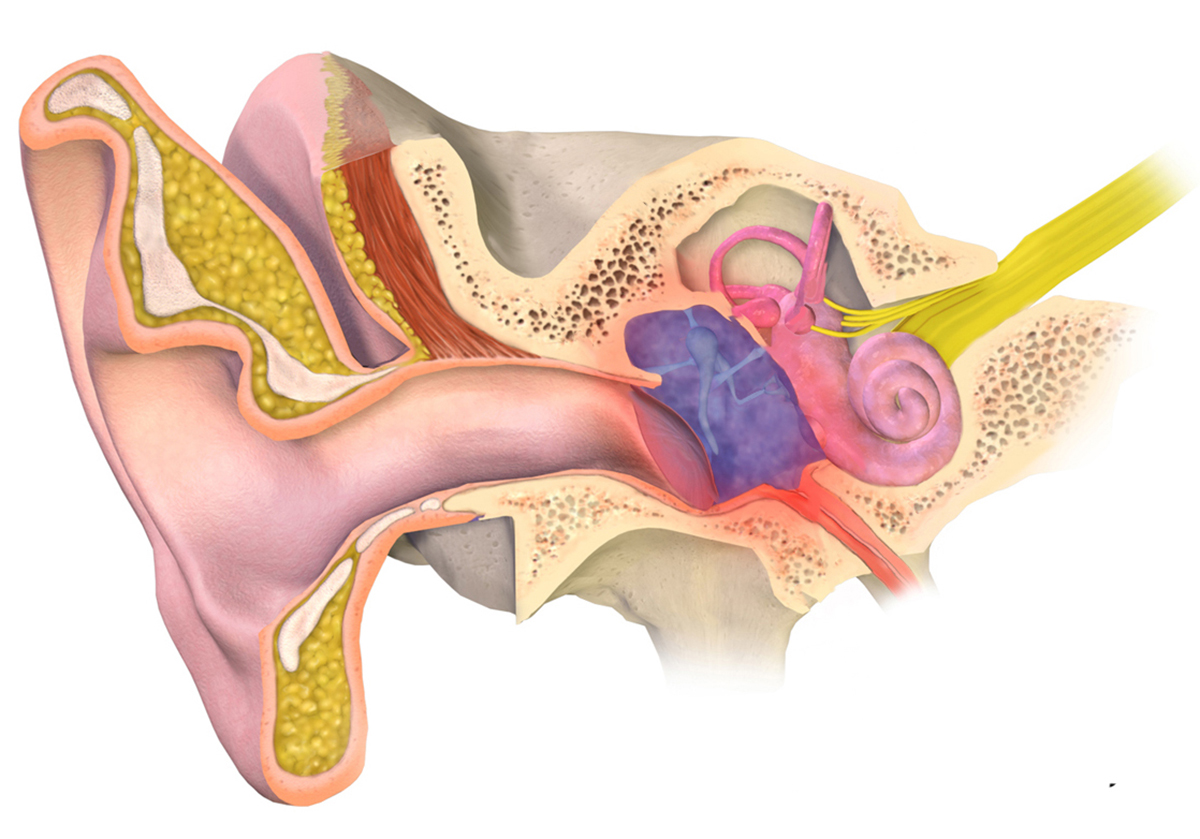
The ear is one of the very important organs of the body. It is not considered vital and even in case some of its parts do not function properly people may survive. Human ear comprises of three parts, the outer ear, middle ear and inner ear. The middle ear communicates with the throat via the Eustachian tube.
Ear infection commonly affects children even though it is also possible in older patients. Children are also prone to recurrent ear infections as well as chronic ear infections. All ear infections can be roughly classified as otitis externa, otitis media and labyrinthitis (inflammation of the inner ear).
Otitis Externa
The symptoms of otitis externa include itching ear, the presence of fluid or discharge from the ear, earache that tends to intensify with the movement of the ear lobe and jaw, loss of hearing and fever. The infection of the outer ear is most commonly caused by bacteria or fungi. Hence the treatment includes either antibiotics or antifungal medications.
Otitis Media
Otitis media is an inflammation of the middle ear. It is also known under name glue ear. The infection is accompanied by accumulation of fluid inside the inner ear and protrusion of the eardrum into the outer ear canal. Otitis media is common among children. Otitis media may be a complication of some infections of the upper respiratory tract such as cold, sore throat and nasal allergy. It typically features with fever, pain in the ear, the accumulation of fluid inside the middle ear, dizziness, troubles in hearing, sickness and nausea.
Treatment for otitis media is different depending on the patient's age, risk factors, immunization status and hearing status. In majority of cases patients are administered antibiotics. The pain is controlled by analgesic eardrops. In case the infection simply does not respond to antibiotics the patient undergoes myringotomy. This is a surgical procedure that includes making a small cut in the ear drum. The cut allows the accumulated fluid and pus to drain from the middle ear. The doctor also inserts a tiny ventilation tube inside the cut in the ear drum. This way the entire content can be properly drained and there is no chance of spontaneous closure of the incision.
Inflammation of the Inner Ear- Labyrinthitis
The most prominent symptom of the inner ear infection is acute vertigo. Vertigo results from the damage to the vestibular system, the system responsible for maintaining balance. One more characteristic of inner labyrinthitis is nystagmus (undesired eye motion). Additional symptoms include nausea, anxiety and general feeling of being ill.
Patients suffering from labyrinthitis must have plenty of rest. Those dealing with nausea and vomiting are treated with intravenous fluids and antiemetic medications. Additional help is obtained from diazepam and other benzodiazepines. Battle against an inflammation is also successful if one is administered corticosteroids. The actual benefits of antiviral medications are not fully confirmed yet. And finally, if the infection is caused by bacteria patients are routinely administered antibiotics according to antibiogram.




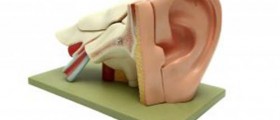
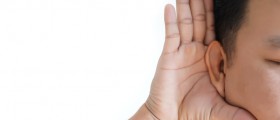
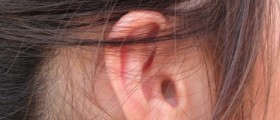

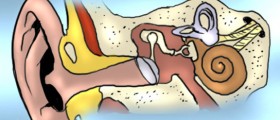







Your thoughts on this
Loading...